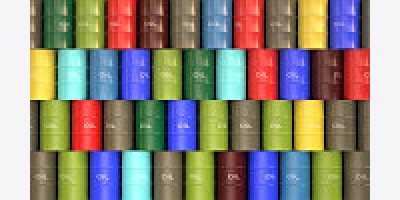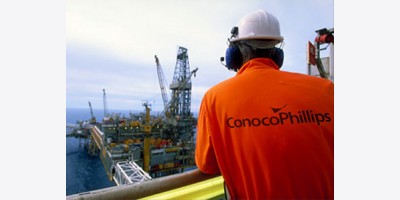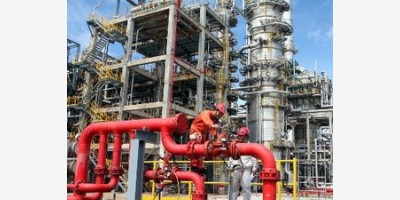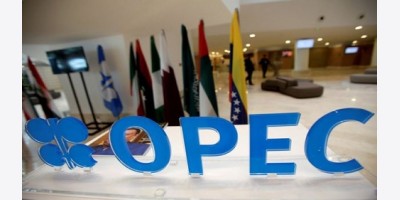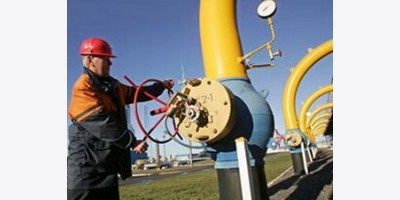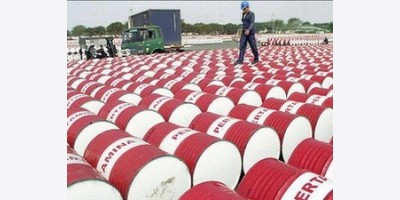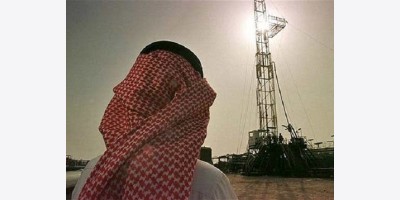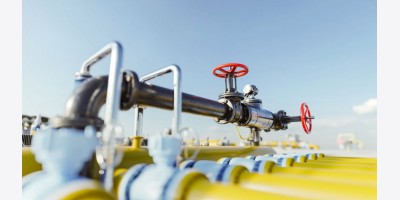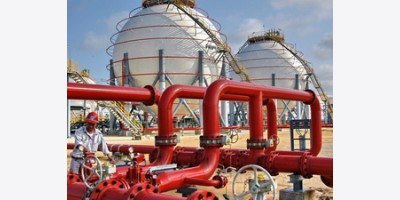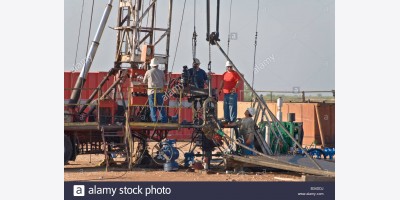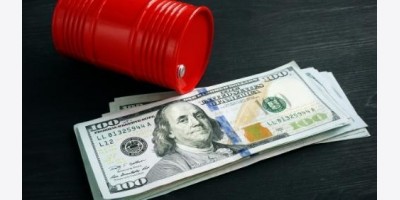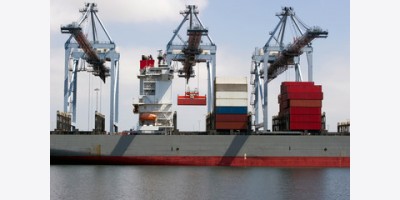A Gary Shilling, Bloomberg News
In February, I predicted that crude oil prices would drop to US$10 to US$20 a barrel. At the time, the price of West Texas Intermediate was US$54, down from US$74 in November, when OPEC decided not to cut production in order to forestall further price erosion. And that was way down from the June 2014 price of US$107.
Cash is drying up in the oilsands despite the deepest cuts since the crash of 1986
Investors should brace for more dividend cuts as almost 40% of Canada’s energy companies slip into negative cash flow. Here are the most vulnerable
The price did fall further — to US$43 in mid-March. But then the market bulls argued that oil was underpriced and headed for about US$80, which was the global average cost to produce a barrel of oil. A rebound followed as bargain hunters rushed in. U.S. exploration and production firms raised about US$11 billion in new equity this year.
The oil optimists noted that earlier high oil prices, aided by low financing costs, had pushed up production, especially among U.S. frackers. Low prices, they reasoned, would curb production, especially since fracked wells tend to be short-lived and the cost of drilling new ones exceeded the depressed prices. But a funny thing happened on the way to US$80 oil: The rally stopped dead in its tracks at about US$60 in May and June, then slid to the current US$42, a new low.
Me? I’m sticking with my forecast of US$10 to US$20 a barrel. The logic behind that February projection still seems valid. Cartels exist to keep prices above equilibrium. But that encourages cheating, as cartel members want more than their allotted share and outsiders sell more to take advantage of the artificially elevated price. So the job of the cartel leader — in OPEC’s case, Saudi Arabia — is to cut its production to accommodate the cheaters and prevent a price collapse. The Saudis had been doing that for decades, and as a result, OPEC production over the last 10 years has been flat, with all the growth instead enjoyed by non-OPEC producers, including U.S. frackers and Canadian oil-sands companies.
The Saudis got tired of seeing their market share shift to others, so they and the other financially strong Persian Gulf producers decided to play a high-level game of chicken. They figured, in that Nov. 27 OPEC meeting, that they could withstand low oil prices longer than the cheaters. So they effectively abandoned quotas. OPEC production last month was 31.5 million barrels a day, the highest since May 2012 and up 1.5 million barrels a day from the previous ceiling. The Saudis themselves are producing a record 10.35 million barrels a day.
In this war, the chicken-out price isn’t what’s needed to meet budget requirements, which ranges between US$40 a barrel in Kuwait and US$125 a barrel in Venezuela. It isn’t the cost of drilling, pipeline laying and other overhead expenses, either. No, it’s the marginal cost of getting the oil out of the ground once the wells are drilled, the pipelines laid and the overhead covered. It’s the price at which cash flow for an additional barrel drops to zero. In Texas’s Permian Basin and in the Persian Gulf, the marginal cost is US$10 to US$20 a barrel, and even lower for some Saudi oil fields.
As long as prices exceed marginal cost, more (not less) production is encouraged to make up for lost revenue. Some producers will raise output even at prices below marginal costs. Russia depends on energy exports to cover import costs and government spending. With the collapse in oil prices and Western sanctions, Russia is desperate for anything that will earn foreign exchange.
Even bankruptcies, such as KKR’s planned filing for Samson Resources Corp., won’t reduce output. In bankruptcy, highly leveraged companies shed their debt service, which lowers operating costs. KKR’s 2011 buyout of Samson left it with US$3.6 billion in debt.
Meanwhile, all-in costs for U.S. fracking continue to plummet. OPEC believes that many projects in North Dakota are profitable at US$24 to US$41 a barrel. Lots of forecasters were deceived by the drop in working U.S. oil rigs, which fell from 1,931 in September 2014 to 1,917 last November to 884 in mid- August. Old vertical drilling rigs were taken out of service while the remaining horizontal drillers produced more wells per rig. Anadarko Petroleum says it could double the number of wells it can drill per rig in some areas. Devon Energy and Whiting Petroleum, the biggest shale producers in North Dakota, produced record amounts of oil in the second quarter.
Iran is another price-depressing factor. It could step up output quickly, by about 1 million barrels a day, if Congress approves the deal curtailing its nuclear program and sanctions are lifted. Around 500,000 barrels a day would be available almost instantly from Iranian oil stored in floating tankers.
OPEC estimates that in the second quarter, global oil output exceeded demand by 2.87 million barrels a day, and it expects U.S. output to rise almost 1 million barrels a day this year and another 320,000 barrels a day in 2016. The International Energy Agency expects falling production in Russia to hold the non-OPEC output increase to 1.1 million barrels a day compared with 2.4 million barrels last year. The IEA looks for global demand to rise 1.6 million barrels a day this year and 1.4 million in 2016.
Still, worldwide supply would exceed demand by more than 1 million barrels a day next year. And the demand projections by IEA and even lower forecasts by OPEC do not factor in slower growth in China and other emerging markets, the nosedive in Chinese stocks, and the devaluation of the yuan. Collapsing oil prices are clearly deflationary. In a future column, I’ll discuss the effects of the decline on the U.S. Federal Reserve’s timetable for raising interest rates and the implications of lower oil prices on producers, their financial backers and consumers.
A. Gary Shilling is president of A. Gary Shilling & Co., a New Jersey consultancy, and author of “The Age of Deleveraging: Investment Strategies for a Decade of Slow Growth and Deflation.” Some portfolios he manages invest in currencies and commodities.
This column does not necessarily reflect the opinion of the editorial board or Bloomberg LP and its owners.
Bloomberg.com







